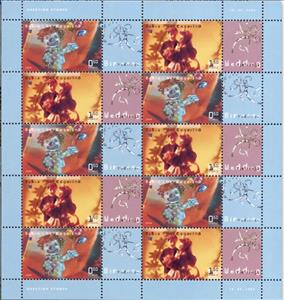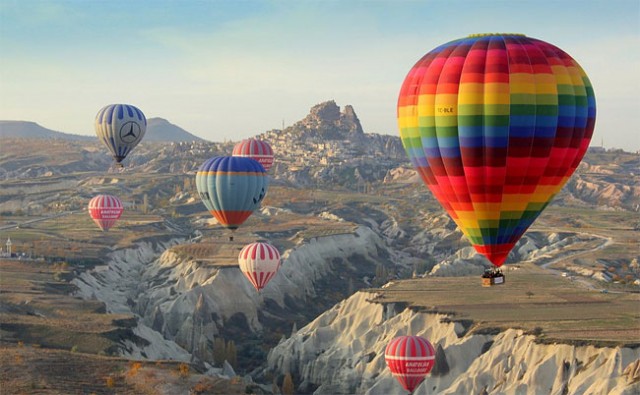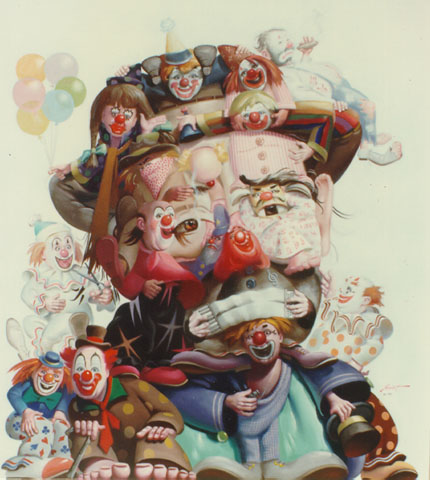Mini Sheet: Greetings Stamps (Bosnia and Herzegovina 2004)
Greetings Stamps (Bosnia and Herzegovina 2004)
15 May (Bosnia and Herzegovina ) within release Greetings Stamps goes into circulation Mini Sheet Greetings Stamps face value 10 Bosnia and Herzegovina convertible mark
| Mini Sheet Greetings Stamps in catalogues | |
|---|---|
| Michel: | Mi: BA 364Zf-365ZfKB |
Mini Sheet is square format.
Mini Sheet Greetings Stamps it reflects the thematic directions:
A hot air balloon is a lighter-than-air aircraft consisting of a bag, called an envelope, which contains heated air. Suspended beneath is a gondola or wicker basket (in some long-distance or high-altitude balloons, a capsule), which carries passengers and a source of heat, in most cases an open flame caused by burning liquid propane. The heated air inside the envelope makes it buoyant, since it has a lower density than the colder air outside the envelope. As with all aircraft, hot air balloons cannot fly beyond the atmosphere. The envelope does not have to be sealed at the bottom, since the air inside the envelope is at about the same pressure as the surrounding air. In modern sport balloons the envelope is generally made from nylon fabric, and the inlet of the balloon (closest to the burner flame) is made from a fire-resistant material such as Nomex. Modern balloons have been made in many shapes, such as rocket ships and the shapes of various commercial products, though the traditional shape is used for most non-commercial and many commercial applications.
The hot air balloon is the first successful human-carrying flight technology. The first untethered manned hot air balloon flight in the world was performed in Paris, France, by Jean-François Pilâtre de Rozier and François Laurent d'Arlandes on November 21, 1783, in a balloon created by the Montgolfier brothers. The first hot air balloon flown in the Americas was launched from the Walnut Street Jail in Philadelphia on January 9, 1793, by the French aeronaut Jean Pierre Blanchard. Hot air balloons that can be propelled through the air rather than simply drifting with the wind are known as thermal airships.
A clown is a person who performs comedy and arts in a state of open-mindedness using physical comedy, typically while wearing distinct makeup or costuming and reversing folkway-norms. The art of performing as a clown is known as clowning or buffoonery, and the term "clown" may be used synonymously with predecessors like jester, buffoon, joker, fool, or harlequin. Clowns have a diverse tradition with significant variations in costume and performance. The most recognisable clowns are those that commonly perform in the circus, characterized by colorful wigs, red noses, and oversized shoes. However, clowns have also played roles in theater and folklore, like the court jesters of the Middle Ages and the jesters and ritual clowns of various indigenous cultures. Their performances can elicit a range of emotions, from humor and laughter to fear and discomfort, reflecting complex societal and psychological dimensions. Through the centuries, clowns have continued to play significant roles in society, evolving alongside changing cultural norms and artistic expressions.


